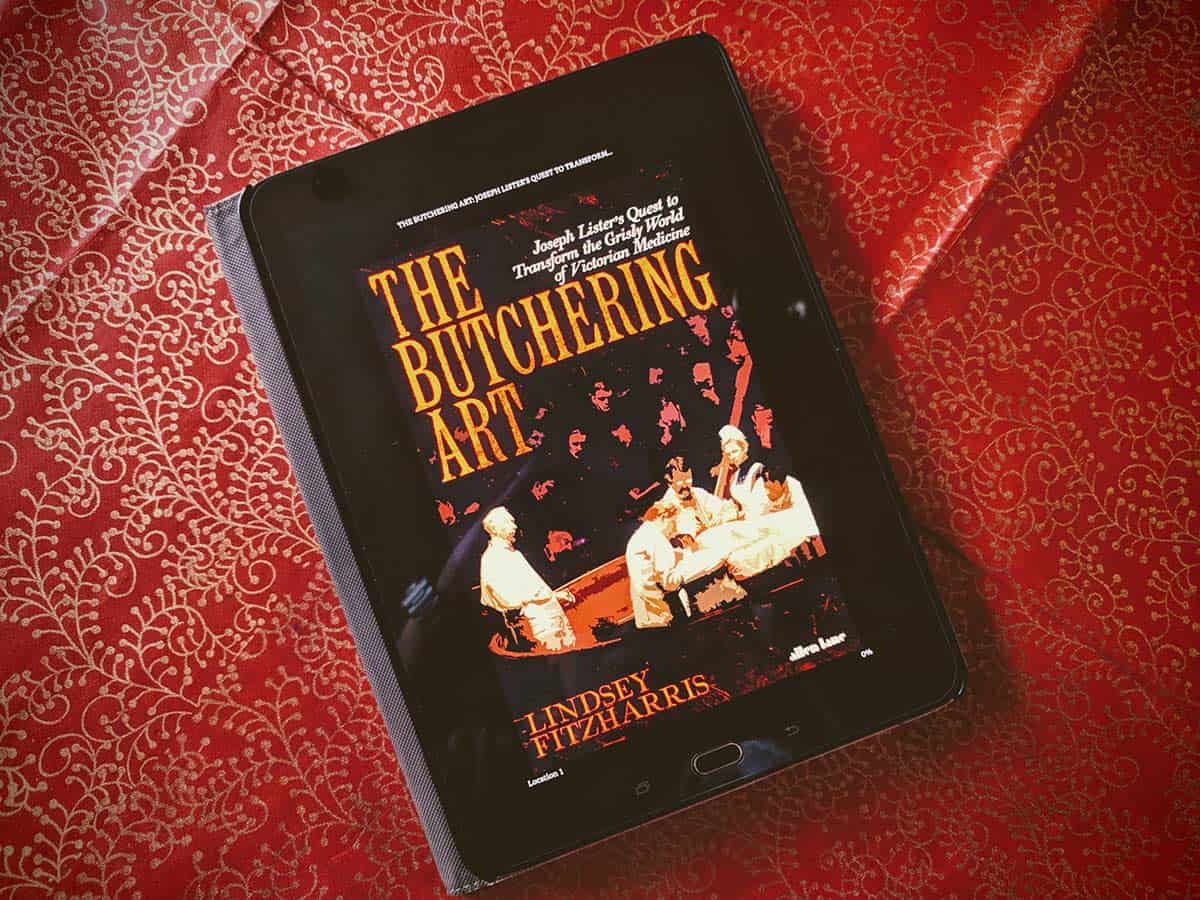
Most surgeons stuck to the latter school, unable to see beyond their stuck-up noses to their begrimed fingertips. There were two competing theories about the cause of such infections, with “contagionists” arguing that diseases were transmitted from person to person by some kind of agent while “non-contagionists” blamed “miasma” or foul air. Some doctors were adamant that “laudable pus” was a necessary route to recovery. In the foul conditions of Victorian hospitals, wound infection after surgery was so common it was thought inevitable and even essential. More significantly, Lister devoted his spare time to scientific study and especially to the puzzle of post-operative infections. When one young girl, whom Lister had treated for an abscess on her knee, presented the surgeon with her rag doll and its detached leg, he solemnly threaded a needle and sewed it back on. He urged that every patient should be treated “with the same care and regard” as the Prince of Wales. Taking a post at Glasgow Royal Infirmary, Lister demonstrated a rare compassion for his impoverished patients. From out of this hellish vision, Lister emerges as the cool, modern, scientific saviour This was a shrewd move when medical posts were almost invariably handed down from father to son, but also a wise choice since Agnes took a keen interest in her husband’s research. Lister not only became Syme’s right-hand man, he married his daughter, Agnes. After moving to Scotland, he was taken under the wing of James Syme, known as “the Napoleon of surgery” for his fearlessness in the operating theatre. Thankfully, for Lister and for us, the reluctant surgeon persevered. He told his father: “I am by disposition very averse to quarrelling.” Dogged by depression, he almost gave up surgery at one point. In a professional culture riven by feuds, when doctors stubbornly championed their signature methods regardless of scientific evidence, Lister was a misfit. Born to Quaker parents, he was mild-mannered, courteous and anxious about his stammer – the antithesis of the egotistical surgeons who made their names in early Victorian Britain. Entering the unpromising field of surgery as a student in 1844, Lister makes an unlikely hero.

Lindsey Fitzharris brings this squalid, grisly, disease-filled scene to gloriously pulsating, technicoloured life in her biography of the pioneering surgeon Joseph Lister.


Post-operative infection was so endemic in hospital wards it was named “hospitalism” and anyone who could afford to be treated at home avoided hospital admission at all costs. The advent of anaesthesia only encouraged surgeons: their ability to perform longer, more invasive surgery meant filthy knives and fingers spread more infection, so that mortality rates in hospitals actually rose during the mid-1800s.


 0 kommentar(er)
0 kommentar(er)
